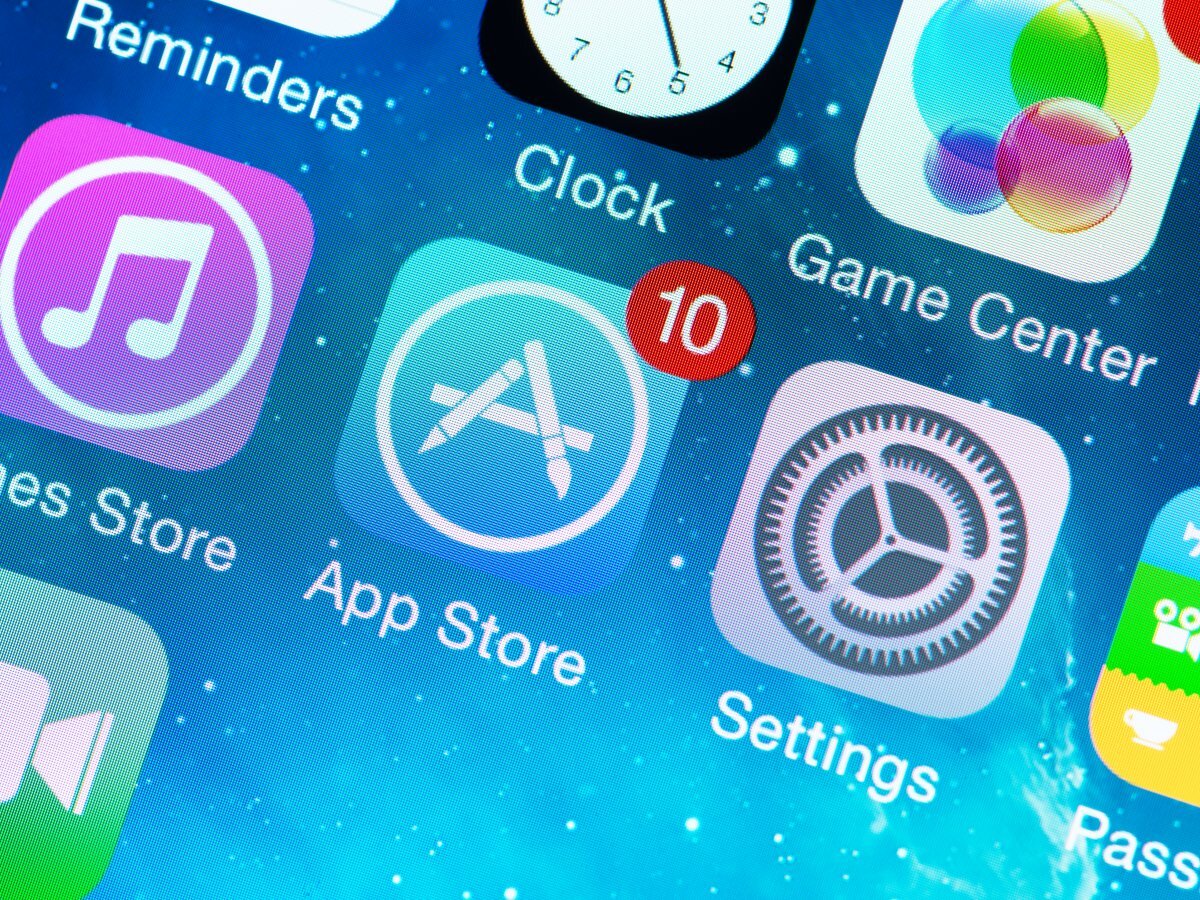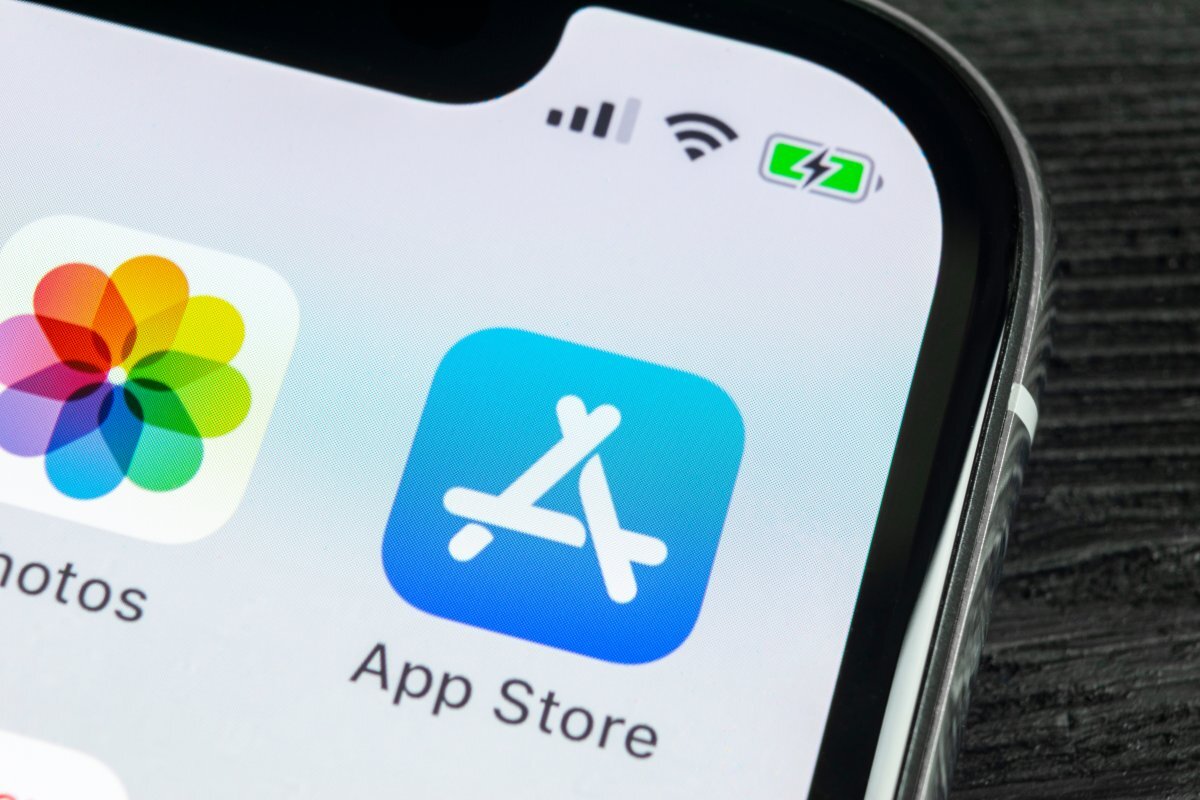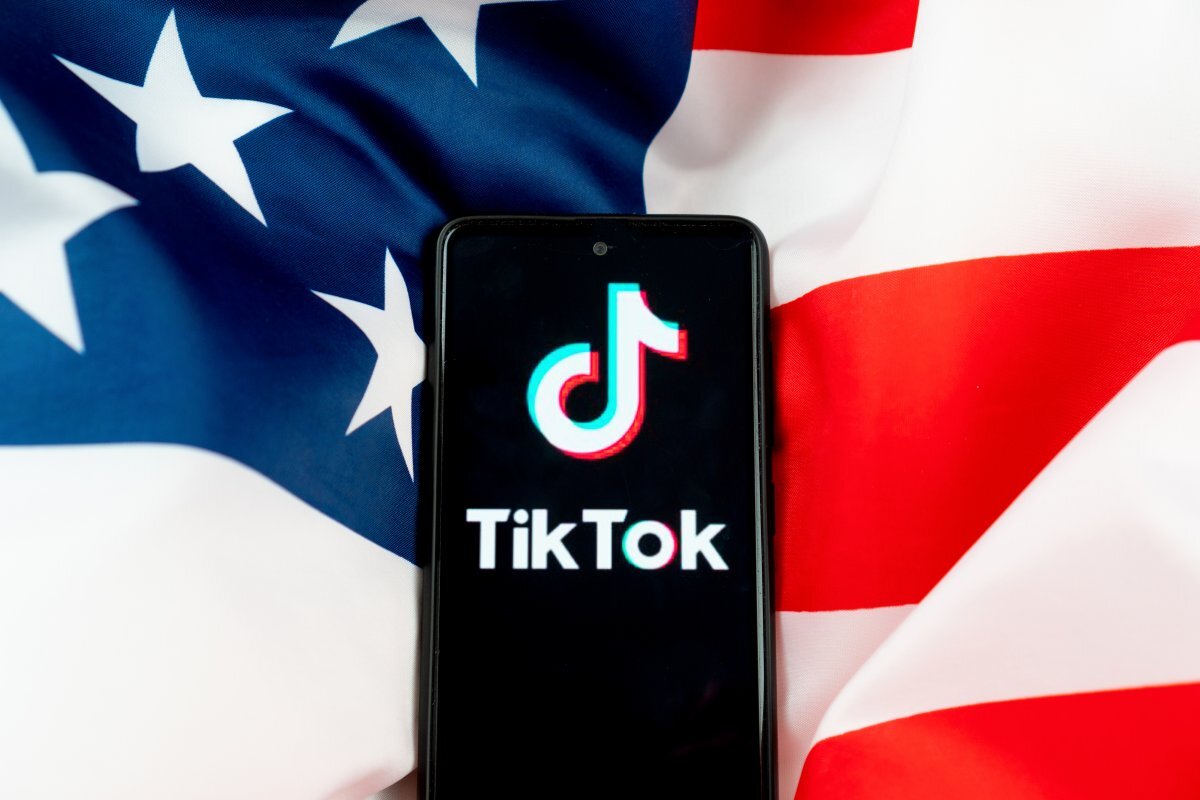@chris_spackman: IMO an increasing amount of compromised client devices is already manifestating.
For example, figure 7 (animated GIF) in https://blog.group-ib.com/godfather-trojan IMO excellently clarifies the problem: once software runs on a device, it can often impersonate legit apps and request for additional permissions, including those for operating as an "accessibility service" on Android (which renders malicious software into an Attacker-in-the-Middle on your client device).
Unfortunately, physical buttons are rapidly disappearing from smartphones and tablets: every "button" now exists of pixels on a touchscreen. However, under which conditions are pixels (those that simulate, for example, a button) trustworthy: is the operating system controlling them, or a malicious app? I.e. what exactly is the user interfacing with?
In landscape mode, Safari on iOS even, by default, hides the browser's address bar. Too often security is sacrificed for convenience.
Unfortunately some marketeers claim that their solution remains secure even on compromised client devices, which is snake oil (or even fundamentally impossible) if the user cannot distinguish between what is fake and what is legit (example: https://www.coronic.de/en/protect/ ).
In addition, cybercriminals seem to be increasingly succesful in having their malicious apps bypass checks and end up for download in Apple's play store, while recently the EU forced Apple to permit app-sideloading for EU citizens.
Furthermore users may be social engineered into installing "legit" apps such as AnyDesk on their portable devices (available for Android and iOS/iPadOS in the "true" stores, with multiple reviews written by defrauded users).
Also, continuously adding complexity is asking for trouble, such as virtualization in upcoming Android releases. Guest-to-host escape vulnerabilities are increasingly common.
Portable devices, now as powerful as supercomputers from a decade ago, hardly produce any (user-accessible) logs that may help the user uncover that their device was compromised; also there's no big red LED that lights when malware is detected.
Finally cybercrime is condoned or even facilitated by big tech because it generates income for them.
The more profitable it is for criminals to obtain access to client devices and/or to cloud-accounts, the harder they'll try and the more will succeed.
I guess all this sounds pessimistic, but that is how I see things.
cc: @SGgrc
 #AppleAppStore #Facebook #Instagram #MetaPlatforms #Tracking
#AppleAppStore #Facebook #Instagram #MetaPlatforms #Tracking





 lassen
lassen 
